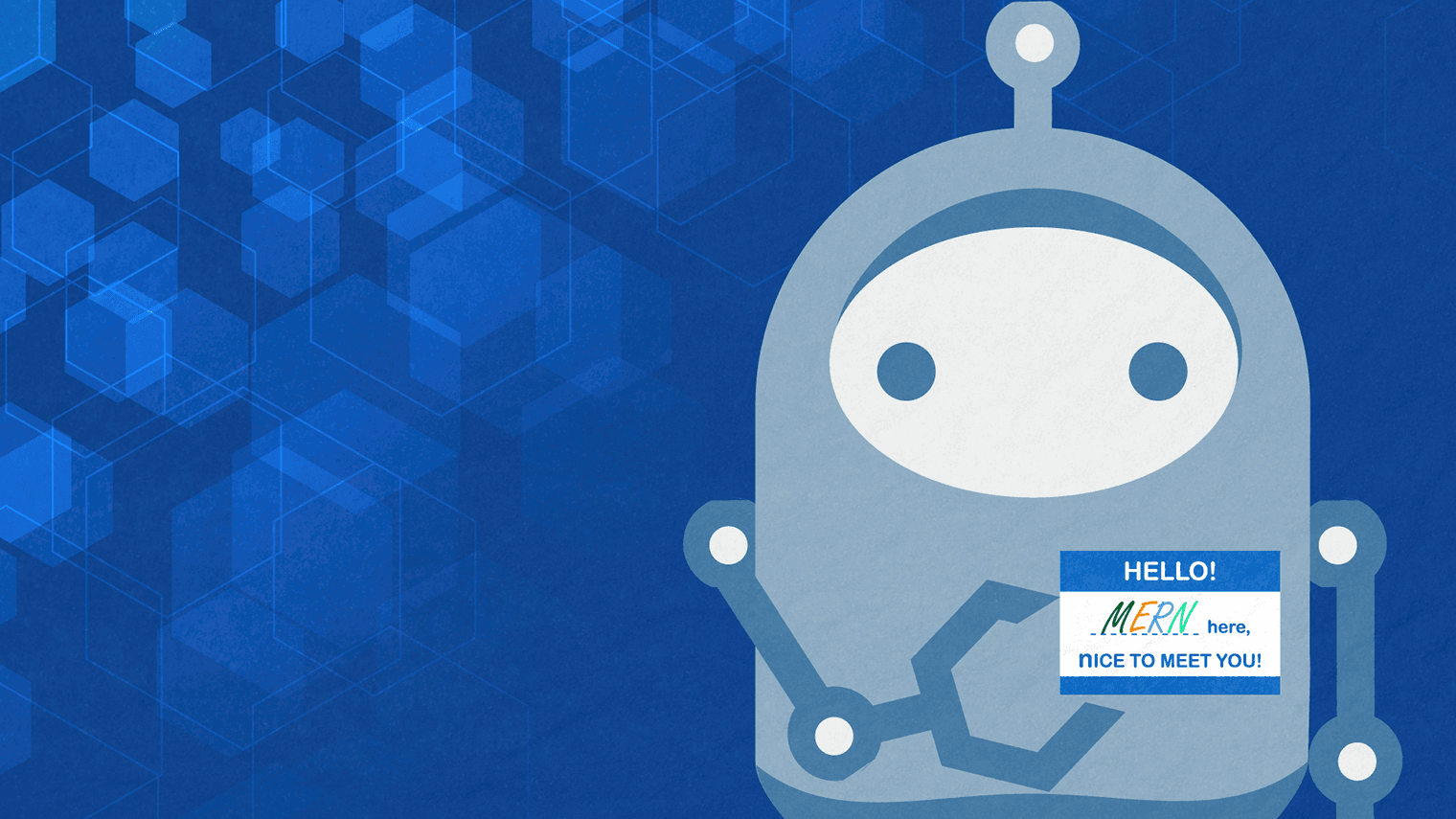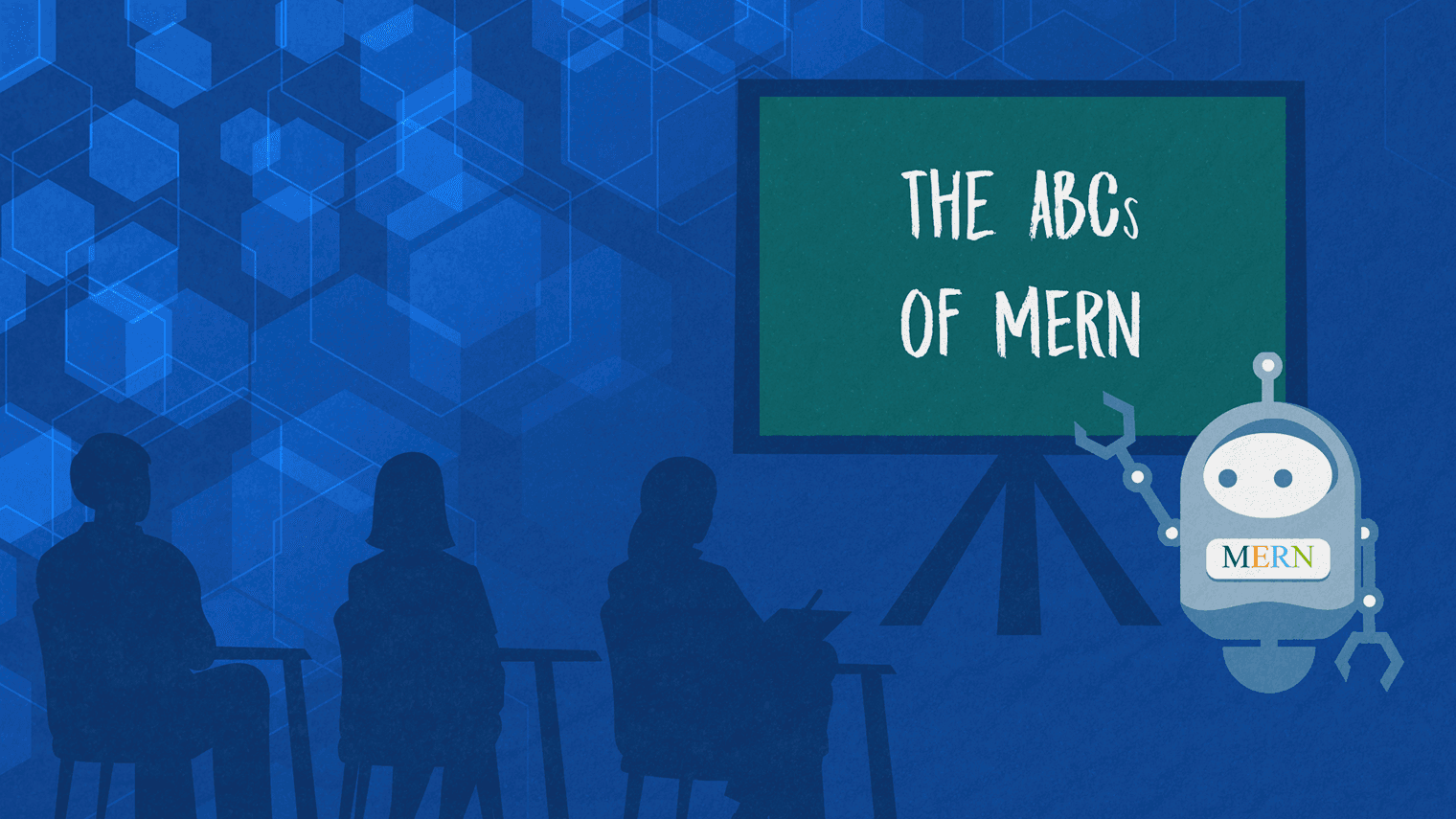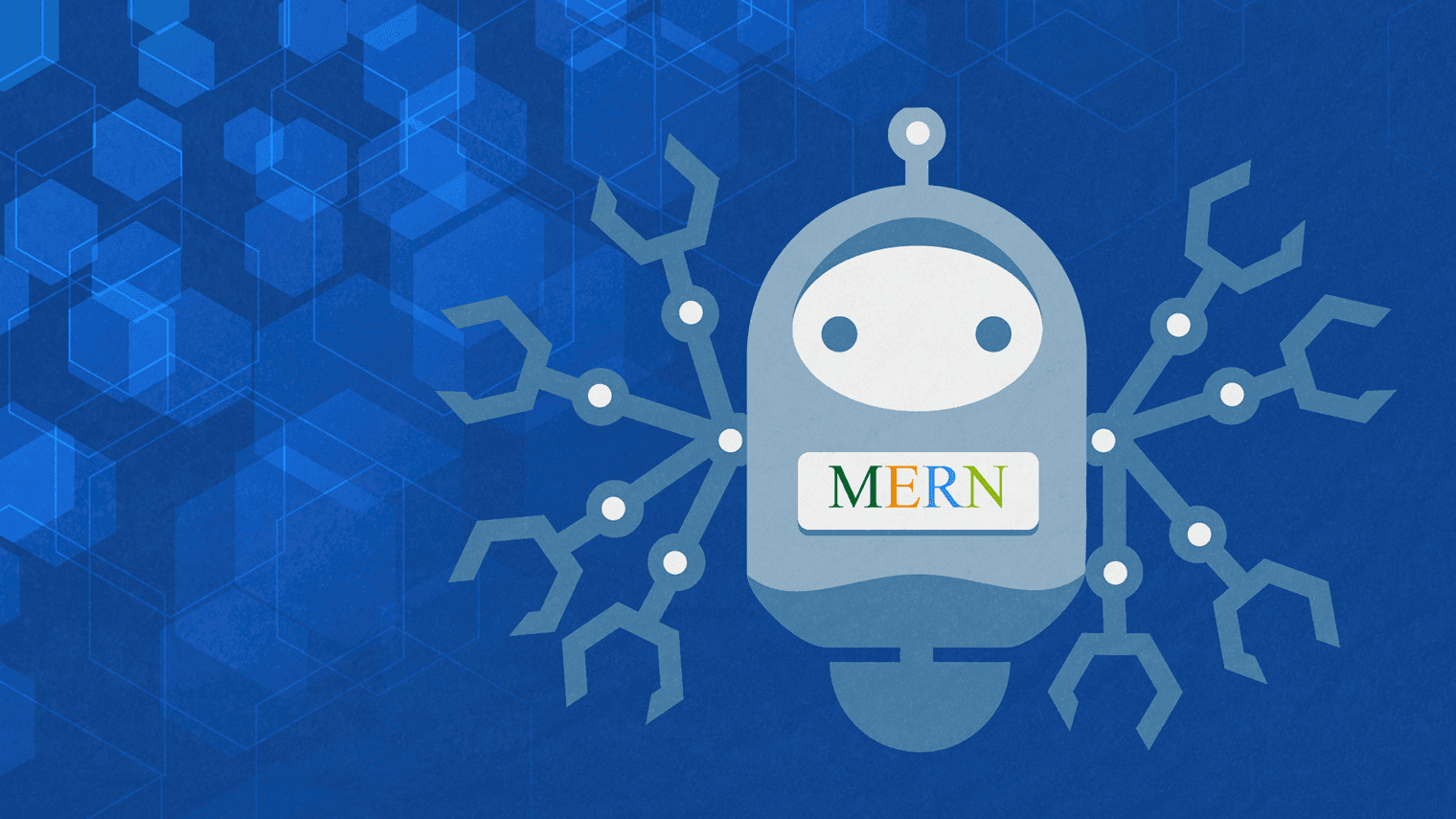Introduction to MERN Technology Stack

If you’re not completely new to the development game, you know that most modern applications are created with the help of a “stack” of various technological solutions. A “stack” refers to any combination of coding languages, tools, and frameworks developers use to create software products for their clients.
A stack contains different layers of components that play a vital role in the process of software product creation. All stacks are divided between the:
- Client-side a.k.a front-end (HTML, CSS, JavaScript)
- Server-side a.k.a. back-end (OS, web server, programming language, web framework, databases)
Back-end is focused on the internal hardware that the makes product run, while front-end is focused on the components that allow the user to interact with the software.
Choosing the Right Stack for your Project
There are many “stacks” to choose from, and if you’re not 100% sure what you need - you will probably get lost in all the options. Most developers tend to opt-in for the newest and easiest option on the market. They either go for the freshest stacks or those that have the lightest learning curve.
Unfortunately, that isn’t always the right criteria for choosing the best type of “stack”. Many factors come into play here, like:
- Type and size of the project
- Team expertise and knowledge bases
- Time to market
- Scalability
- Maintainability
- Cost of the overall development
As you can see, you need to have a foolproof plan in mind if you don’t want to make the wrong choice because selecting the “stack” can have a negative impact across multiple verticals of the client’s business, like human resource, finance, marketing, and management.
Since this is such an important decision, we at Share IT are going to dedicate this blog post to MERN, a full tech stack that we use for most of our projects.
What is a MERN Development Stack?

MERN is an acronym used to describe a specific set of JavaScript based technologies that are used in the web application development process. It is designed with an idea to make the development process as smooth as possible. MERN includes the following open-source components:
- Mongo DB
- Express JS
- React JS/ Redux
- Node JS
Every single one of these components plays a crucial role in the web app development process. All of these provide an end-to-end framework for developers to work in. For instance, Mongo DB is a database system, Node JS is a back-end runtime environment, Express JS is a back-end web framework and React is a front-end framework.
So, let’s take a bit closer look at every single one of these components:
1. Mongo DB
In case you’re not familiar with Mongo DB, this is a free open-source, cross-platform document-oriented database program. It is classified as a No SQL database program, which means that data is stored in flexible documents with JSON-based query language. This also means that the size of the content number of fields in the documents tends to vary. The whole data is structured in a way to be prone to change over time.
MongoDB is known as a flexible solution that is always easy to scale. This specific database system is developed by Mongo DB Inc., and is published under a combination of the GNU Affero General Public License and the Apache License.
2. Express JS
This is also a free, open-source software. It is released under the MIT licence, and it can be classified as a web application framework for Node.js. To be more precise, Express JS is made for developing web apps and APIs.
Instead of manually writing full web server code in Node.js, developers use this MERN component to simplify the coding process. The best feature of this framework is that devs don’t repeat the same code over and over, as they would with writing Node.js code in the HTTP module.
Many developers often refer to it as the “de facto standard server framework for Node.js”.
3. React JS/ Redux
This is a JavaScript library used for building user interfaces. Originally created by a software engineer who worked for Facebook, React was later on open-sourced. It is currently maintained by Facebook and a strong community made out of different software development companies and freelance devs.
This specific library is often used for creating views rendered in HTML. The views that you create in Reach declarative, which means that you don’t have to deploy additional time on managing the changes and effects they have on the data.
React uses a full-featured programming language (JavaScript) to construct repetitive or conditional DOM elements, which is definitely a huge plus. You don’t need to rely on template to automate creation of repetitive HTML and DOM elements.
With React, the same code can run on both the server and the browser. Because of these, most devs call React the “heart and soul of the MERN stack”.
4. Node JS
Originally built for Google Chrome and later on open-sourced, Node JS is a cross-platform run-time JavaScript environment used for executing JavaScript code outside of a browser.
As you know, JavaScript was originally used for front-end scripting, but Node JS has enabled devs to use it to write command line tools and back-end scripts for the purpose of creating dynamic web page content before the page is sent to the user's web browser.
Node JS was designed with an idea of allowing devs to build scalable network applications.
The Main Benefit of a MERN Stack

So, now that you have learned more about what MERN is and what its components are, it’s time to look at this stack from a different angle and discuss its benefits.
At Share IT, we primarily use this stack because everything is done in JavaScript. As you know, JavaScript is everywhere. It is used both on the front-end and back-end side. Because of this, there’s no need for context switching.
Tech stack that utilize multiple coding languages, force devs to figure out how to mix them together. Since MRN is JavaScript-based, devs only need to master a single coding language, which makes things a million times easier.
Closing Words
Thank you for taking the time to read our latest article. We hoped it helped you understand why we use MERN and why we think that more devs should rely on this particular stack as well. As you can see from what we wrote above - the benefits are obvious. In order to get started with MERN Stack development, all you really need is a good understanding of JavaScript and ES6 Fundamentals, but also at least some familiarity with the basic concepts of React and Node.js.
There are many online courses about MERN that will have you building your own dynamic web applications in no time. All you really have to do is pick the one that seems best to you and get started right away!